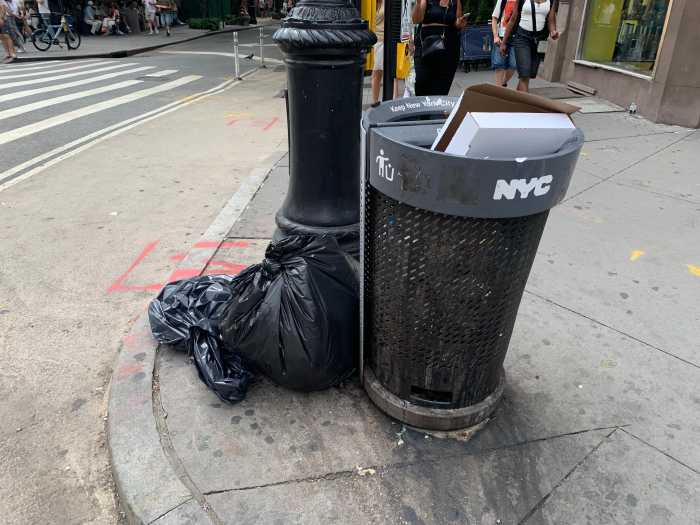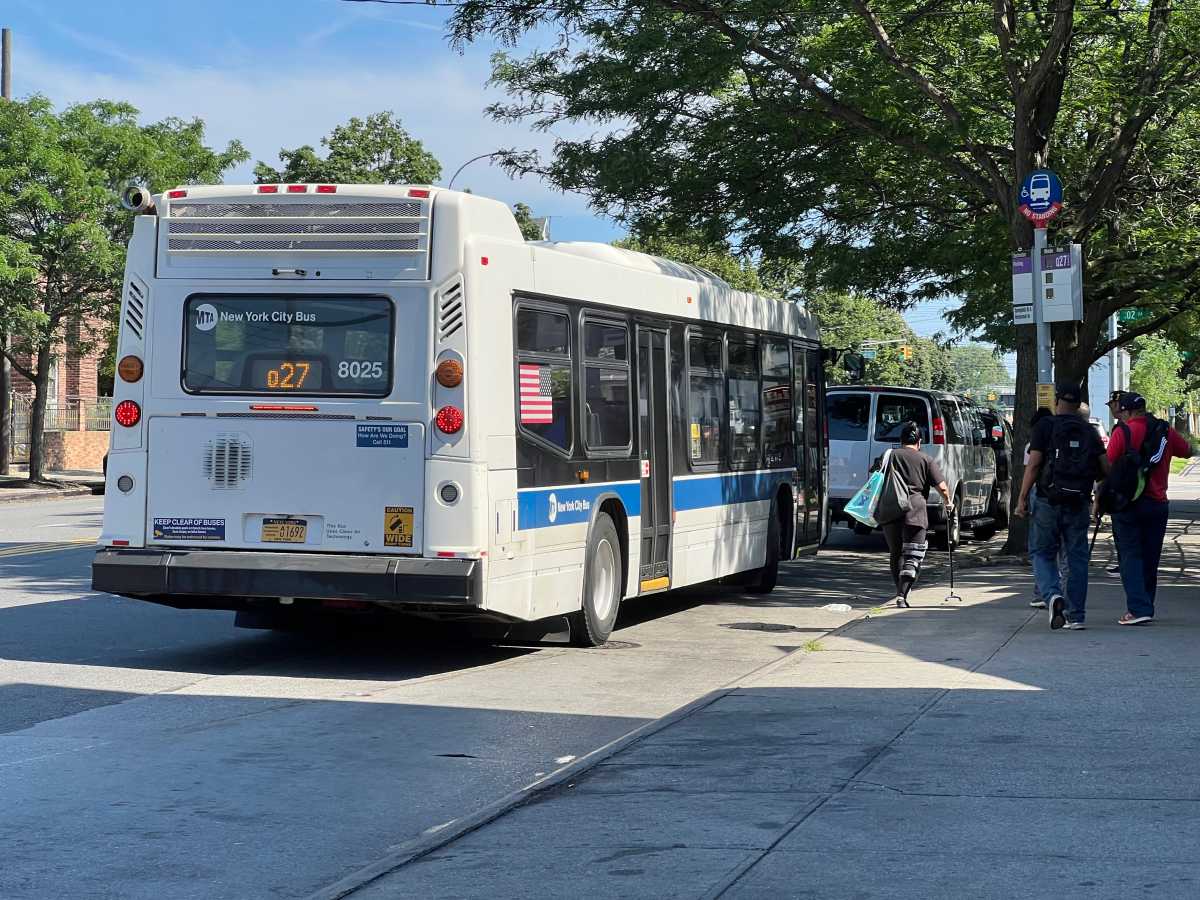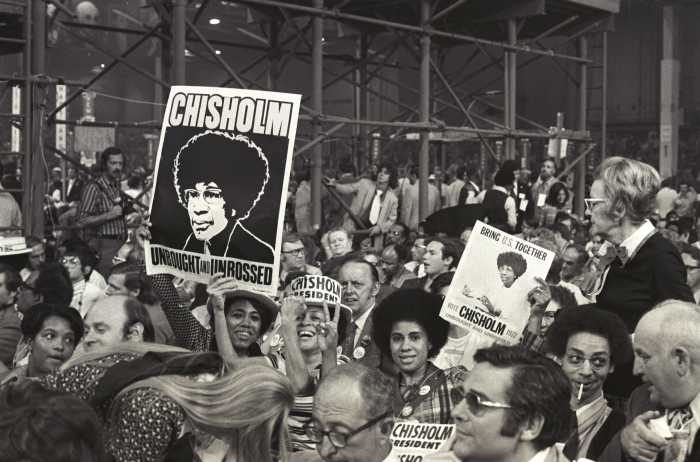On Tuesday, after four years and more than 50 meetings of the Borough President’s Community Task Force on N.Y.U. Development, the borough president, Scott Stringer, announced that he was “suspending” the task force indefinitely.
According to a statement by Stringer, “the overwhelming majority of task force members agreed…that the time is right to open up these conversations at the community board level, where we can engage additional stakeholders and the public at large. The task force will continue to meet as needed, and I look forward to working with all those involved to build on the foundation set by the task force’s recommendations.”
Indeed, following this summer, the public review process is set to start on New York University’s application for a general large-scale development plan for its two South Village superblocks — as well as the area east of Washington Square Park, where N.Y.U. also is the main property owner. The massive plan, as N.Y.U. is proposing it, would be covered under a single ULURP, or uniform land use review procedure.
Under ULURP, Community Board 2 would hold public hearings on the plan, and issue an advisory opinion. Stringer would also weigh in with an advisory opinion, while the City Council — with Margaret Chin representing the superblocks at the northern end of her District 1 — would have a binding vote on the mega-proposal.
Signaling he’ll be a tough critic of the superblocks plan during ULURP, Stringer told us, “I do not believe the community should be overwhelmed by N.Y.U.”
Jo Hamilton, C.B. 2 chairperson, said the board is “ready, willing and able” to fulfill its role on this important land-use issue, and that it’s now time — as Stringer said — to open the process to the wider public.
However, there are some who feel the task force should continue to operate — and we agree with them. Mere hours after Stringer’s announcement, a handful of task force members — including Andrew Berman, director of the Greenwich Village Society for Historic Preservation — fired off a letter to Stringer and local elected officials, expressing their “extreme disappointment” at the body’s being suspended, stressing that the task force is needed, now more than ever. As Stringer himself said in March when the task force released its report on the N.Y.U. 2031 plan, the task force process was “unprecedented.” Neither Columbia nor Fordham ever had anything like this — where community members and university officials came to the table every other month to discuss expansion plans.
The task force’s report — released to coincide with N.Y.U.’s rollout of its plan to add 6 million square feet of space over 25 years — had two key points: First, N.Y.U. must prioritize looking at remote sites to expand; and second, N.Y.U. must avoid oversaturation of its Village “campus core” around Washington Square. However, N.Y.U.’s plan to expand on its own superblocks calls for adding a whopping 1.5 million to 2 million square feet total on them.
On Tuesday, N.Y.U. formally responded to the task force’s report, though Stringer noted the response was “not very deep.”
We’re hearing the task force may continue to meet “quarterly,” and N.Y.U. tells us they’re willing to meet formally and informally with concerned stakeholders.
Over all, the task force has done a terrific job. It reinforced N.Y.U.’s decision to develop a long-term plan, and got the university to sign onto “planning principles” — including contextual development and prioritizing reuse over demolition and redevelopment. The task force fostered in N.Y.U. a new level of transparency and community outreach. The university, meanwhile, deserves credit for embracing the process. Instead of mothballing it, we think there are real benefits in keeping the task force active — and strongly urge Stringer to reconsider his decision.



































